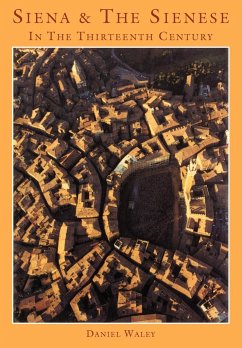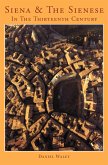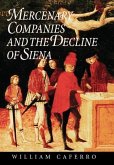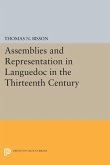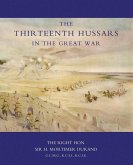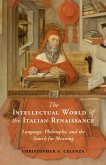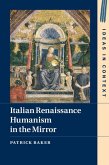This book portrays the life and insitutions of a great medieval Italian city, Siena, through the surviving records and buildings of the period.
This book portrays the life and institutions of a great medieval Italian city, Siena, through the surviving records and buildings of the period. Laws, council minutes, records of the commune's revenue and expenditure, wills and other charters from the thirteenth century are among the plentiful material which makes up the picture of the city republic's institutions and those who ran them. The main themes are the political institutions of the city, and the involvement of the citizens in them. The preoccupations of the Sienese as revealed in their conciliar discussions are studied, as well as their attitudes to government and well-developed bureaucracy, their territorial overlordship in southern Tuscany, and their involvement in diplomacy and war. The religion of the Sienese is also investigated. This is a portrait of a special, but not untypical, society which was engaged in an experiment in oligarchic self-government. Although the milieu was urban, Siena's bankers and tradesmen, craftsmen and those involved in transport and agricultural labour, were in many cases landowners: the city was dependent on and greatly involved with its rural environment. The precocity of the commune's governmental methods and the wealth of information that has survived mean that the medieval life of this famous and beautiful Tuscan city can be depicted in full and convincing detail.
Table of contents:
Acknowledgements; Chronology of principal political events and developments; 1. Setting; 2. People; 3. Institutions; 4. Oligarchy; 5. Problems; 6. Religion; 7. Assumptions; 8. Revenue; 9. Expenditure; 10. Continuity and change; Indexes.
This book portrays the life and institutions of a great medieval Italian city, Siena, through the surviving records and buildings of the period. Laws, council minutes, records of the commune's revenue and expenditure, wills and other charters from the thirteenth century are among the plentiful material which makes up the picture of the city republic's institutions and those who ran them. The main themes are the political institutions of the city, and the involvement of the citizens in them. The preoccupations of the Sienese as revealed in their conciliar discussions are studied, as well as their attitudes to government and well-developed bureaucracy, their territorial overlordship in southern Tuscany, and their involvement in diplomacy and war. The religion of the Sienese is also investigated. This is a portrait of a special, but not untypical, society which was engaged in an experiment in oligarchic self-government. Although the milieu was urban, Siena's bankers and tradesmen, craftsmen and those involved in transport and agricultural labour, were in many cases landowners: the city was dependent on and greatly involved with its rural environment. The precocity of the commune's governmental methods and the wealth of information that has survived mean that the medieval life of this famous and beautiful Tuscan city can be depicted in full and convincing detail.
Table of contents:
Acknowledgements; Chronology of principal political events and developments; 1. Setting; 2. People; 3. Institutions; 4. Oligarchy; 5. Problems; 6. Religion; 7. Assumptions; 8. Revenue; 9. Expenditure; 10. Continuity and change; Indexes.

